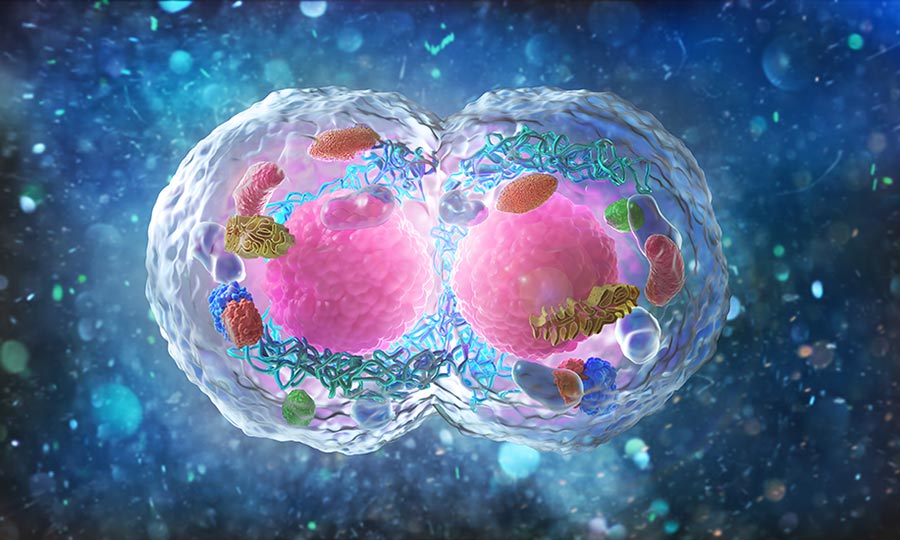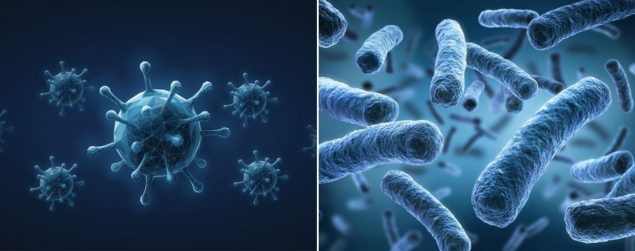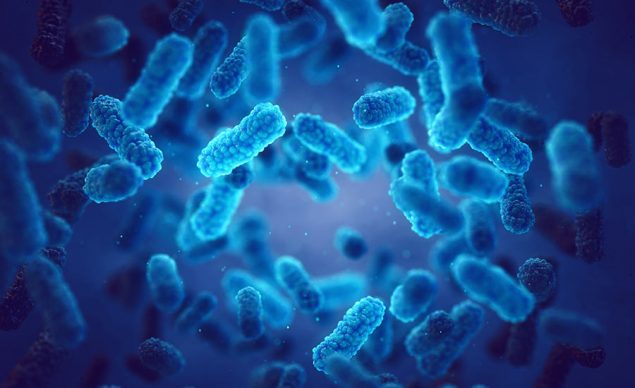Related Resources
Have you ever wondered where does all life on Earth come from?
Research shows that it all started with a single cell 3.5 billion years ago.
Over time, that cell evolved into multicell organisms and complex life forms, including us — the humans.
The human body contains a whopping 30 trillion cells! And those cells grow and divide thanks to mitosis and meiosis.
In this blog post, we’ll discuss cell division and do a mitosis vs. meiosis comparison to discover the importance of the two processes.
Now, let’s dive into the miraculous world of human cells, shall we?
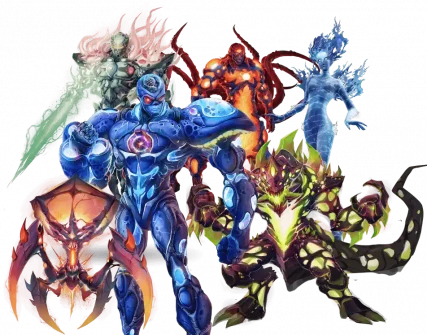
Mitosis vs. Meiosis At A Glance
The key difference between mitosis and meiosis is in the type of cells they involve — mitosis affects body cells and results in two identical daughter cells, while meiosis affects sex cells and ends with four sex cells.
Let’s explore each process in more detail.
Mitosis and meiosis are the two principal types of cell division in humans.
Thanks to these two processes, the cells can grow and the body can replace dead cells with new ones. And boy, does our body work hard on replacing the dead cells. In fact, every day, around 330 billion cells in your body die and the same number of them come to life.
You know how your skin heals in a few days after you scrape your knee?
That’s because your body heals itself and replaces the damaged cells through cell division.
Moreover, the process of cell division is responsible for creating unique life forms.
Because of the key role mitosis and meiosis have in the creation of new cells, they are among the most important life processes in the body!
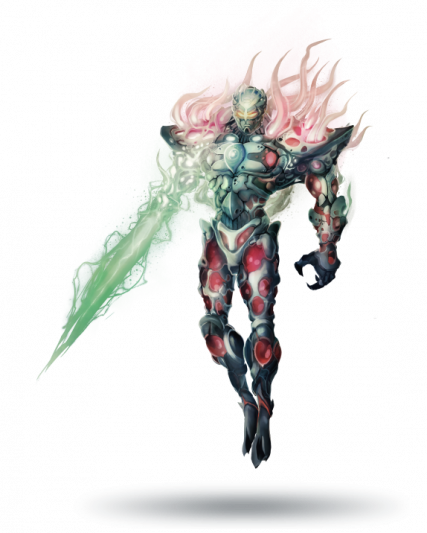
What Is Mitosis?
Mitosis is a process during which an entire cell is duplicated.
The cell that is dividing is the parent or mother cell, while its two copies are called daughter cells. The daughter cells created during mitosis are called diploid cells.
In mitosis, daughter cells are identical to the parent cell — they contain the same DNA and chromosomes.
The chromosomes are bundles of DNA in the cell nucleus. Every cell in your body contains 23 pairs of chromosomes.
When the mother cell goes through mitosis, daughter cells end up with 23 chromosome pairs each.
The process of mitosis isn’t typical for all cells in your body. In fact, only somatic cells divide through mitosis.
Somatic cells are all cells inside your body except for reproductive cells. For example, your skin, tissues, lungs and hair are all made of somatic cells.
Reproductive cells use a different way to divide, but we’ll get to that soon!
What Is Meiosis?
Meiosis is a cell division process typical of germ cells, such as female egg cells and male sperm cells.
During meiosis, the parent cell produces four daughter cells.
The daughter cells don’t have the same genetic material as their mother cell — each new cell contains just 50% of the parent DNA. Because of that, the daughter cells produced during meiosis are called haploids.
Since half of the genetic material in daughter cells is completely unique, that helps keep life on Earth diverse — when egg cells and sperm cells join, they create new, unique organisms, ensuring variety in life.
The Stages Of Mitosis vs. Meiosis
The cycles of mitosis and meiosis are somewhat similar — both processes represent different ways your cells divide. But there are quite a few differences between the stages the two cell division types go through.
What Are The Stages Of Mitosis?
Before your cells enter the cycle of mitosis, they spend time in interphase. That’s the period when they start getting ready for cell division.
In interphase, the parent cell copies its DNA to share one copy with each of the two daughter cells.
When the DNA is copied, mitosis begins.
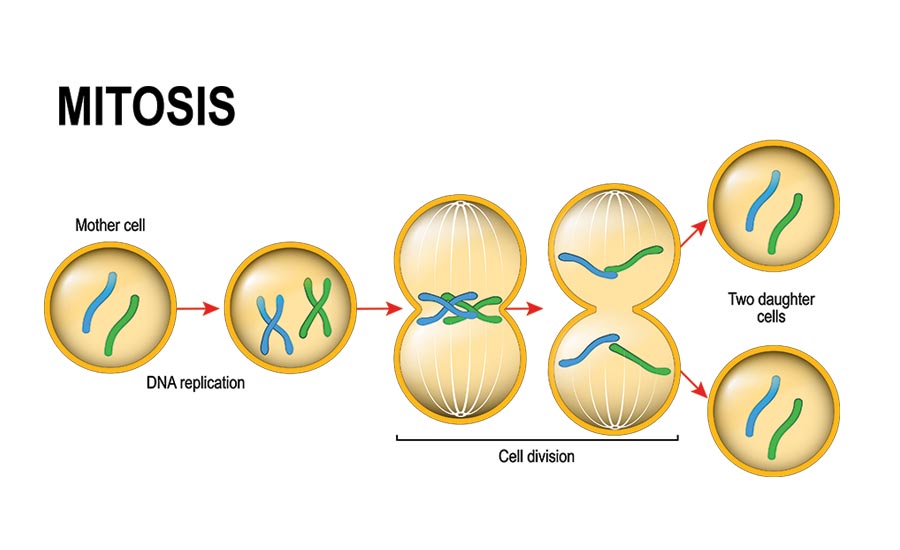
The cycle of mitosis goes through five stages:
- Prophase: During the initial phase of mitosis, the cell’s chromosomes become denser, forming X-like structures. Meanwhile, the nucleolus — the largest structure within the nucleus in charge of making ribosomes disappears. Mitotic spindle also forms — this is an apparatus comprised of microtubules in charge of separating the chromosomes between daughter cells.
- Prometaphase: During this phase, the chromosomes continue to contract and become particularly condensed. The nuclear membrane that protects the genetic material breaks down. Microtubules latch onto the chromosomes and slowly start to move them around.
- Metaphase: At this stage, the chromosomes concentrate in the middle of the parent cell. That string of lined-up chromosomes is called the metaphase plate.
- Anaphase: Now is the time for microtubules to step up their game and pull the chromosomes apart. They must split each chromosome into two and then pull each of the two parts to the opposite ends of the cell.
- Telophase: Two new sets of chromosomes begin to decondense at the opposite sides of the cell. The new nuclear membrane starts to form around each set of chromosomes. The mitotic spindle disappears while the nucleolus forms again.
What Are The Stages Of Meiosis?
Like in mitosis, the parent cell spends time in interphase to prepare itself for the meiosis cycle. It first copies the DNA and awaits for the cell division to start.
Unlike mitosis, which ends after five phases, meiosis takes place in two rounds — Meiosis I and Meiosis II.
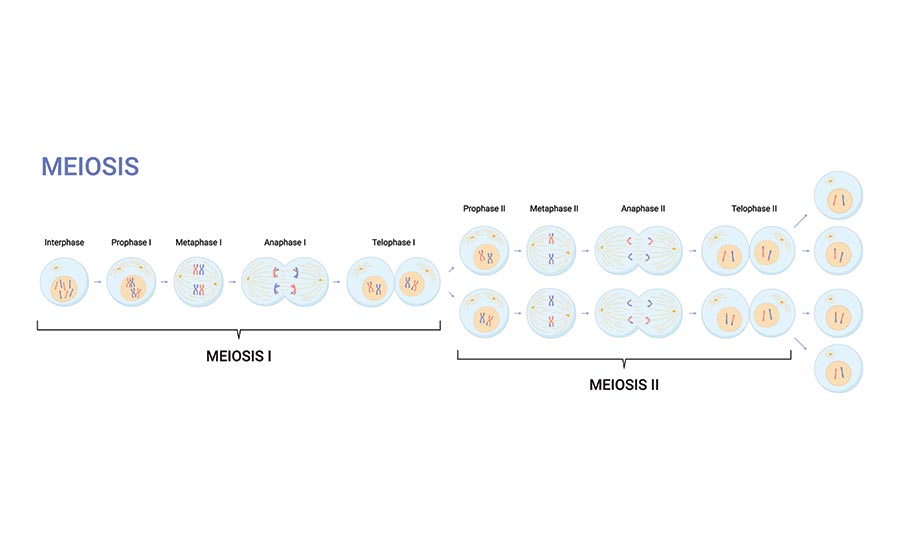
Each of the two rounds includes five phases similar to those of mitosis.
Meiosis I includes:
- Prophase I: The starting phase of meiosis usually lasts long because germ cells take time to develop. That’s why meiosis can last from six hours in yeast and about 24 hours in human males to over 40 years in human females. The cells spend the majority of that time in the prophase I stage. Like in mitosis, the chromosomes condense, but they also pair up, forming homologous pairs. That’s when the crossing over begins. But more on this soon!
- Prometaphase I: This phase of the meiosis I round is similar to prometaphase in mitosis. The nuclear membrane breaks down while microtubules glue themselves to the chromosomes.
- Metaphase I: Next comes the phase when the chromosomes line up at the metaphase plate and start to prepare for separation.
- Anaphase I: Microtubules separate the homologous pairs and drag them to the opposite sides of the cell.
- Telophase I: Once the previously separated chromosomes reach the polar ends of the cell, telophase I begins. During this stage of meiosis, the nuclear envelope reappears.
At the end of meiosis I, the body forms two non-identical, haploid daughter cells.
Now, these two daughter cells enter the stage of meiosis II. This round includes:
- Prophase II
- Prometaphase II
- Metaphase II
- Anaphase II
- Telophase II
The stages are completely the same as those in mitosis, except that now two daughter cells divide instead of just one cell.

What Is Crossing Over In Meiosis?
Crossing over happens when the non-sister chromosomes swap genetic material, i.e. DNA sequences. As a result, the chromosomes that pair up contain different forms of the same genes.
During prophase I, the DNA of the paired chromosomes breaks at the same spot. The chromosomes can now connect in a crisscross pattern and exchange DNA parts.
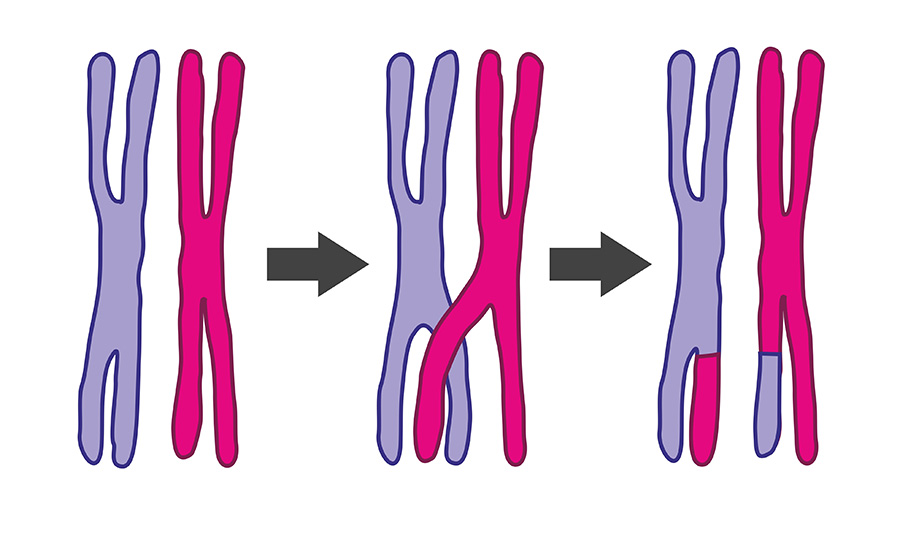
As a result of the chromosomes exchanging genetic information, the daughter cells have different chromosomes than the parent cell. So, thanks to crossing over, life on Earth is more diverse!
End Results Of Mitosis vs. Meiosis
After the fifth stage of mitosis, a.k.a. telophase ends, the cell enters the phase of cytokinesis.
Some people consider cytokinesis a part of mitosis because the parent cell finally divides at this phase.
The cytoplasm of the mother cell splits, and the end result of mitosis appears — two new identical daughter cells.
On the other hand, the end result of meiosis are four sex cells, a.k.a. gametes, containing half of the parent cell’s genetic material.
The daughter cells are different from one another, and their dissimilarity ensures we’re all unique!
Discover how B-Cells keep you healthy!
Fun Facts About Cell Division
Did you know that bacteria also go through the process of cell division?
Simple organisms such as archaea, bacteria and amoeba use binary fission to create new cells. For example, in bacteria, the parent cell first duplicates its DNA. Then, the duplicated pieces of DNA move toward the opposite ends of the cell. The size of the cell then doubles!
At that point, the cell membrane forms a wall in the middle of the cell, dividing the two cells that go on to live separate lives as newly-formed bacteria.
Aside from humans and animals, plants also grow and reproduce through mitosis!
Plants and algae are eukaryotic organisms — they have a nucleus surrounded by a nuclear membrane, so they can perform all five stages of mitosis.
Cancer cells also grow in number because of mitosis. The process of cancer cell mitosis is usually uncontrolled, but luckily, the human body has its own squad of warriors in charge of annihilating all types of malicious cells — the fearless Natural Killer Cells!
Let’s Recap On Mitosis vs. Meiosis
The process of cell division is of outstanding importance for biodiversity as a whole and all forms of life individually.
Mitosis and meiosis are two of the most significant cell division types that have several key differences:
- The end result of mitosis are two cells that have identical genetic material.
- The outcome of meiosis are four cells that store different DNA.
- Mitosis is typical of eukaryotic organisms.
- Only reproductive cells perform meiosis.
- Mitosis lasts shorter than meiosis.

